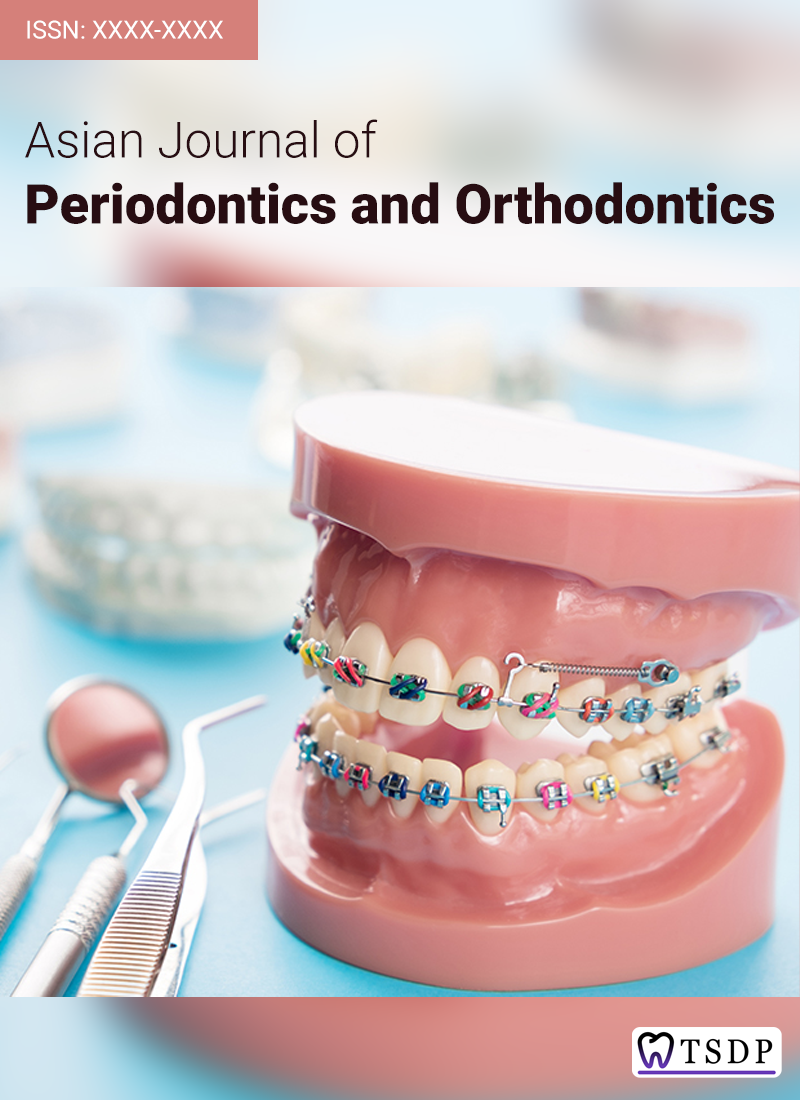
Fractures are a common concern for teeth that have had endodontic treatment and restoration. It is well-recognized that endodontic treatment reduces the flexibility of teeth, which reduces their resistance to breakage. This condition is caused by the drying of tooth structure during access cavity formation and endodontic treatment, as well as the loss of significant amounts of dentin and anatomical components such as cusps, marginal ridges, and the pulp chamber ceiling. The quantity of surviving tooth structure and the kind of restorative material used affect the longevity of teeth that have had endodontic therapy. The procedure for tooth restoration and the interactions that take place between the oral environment, the restorative material, and the tooth. The present review study aimed to investigate the success and current performance of direct vs. indirect restorations after endodontic treatment. It was shown that teeth with direct restorations had a greater tendency to follow up procedures, such as non-surgical retreatment, root-end operations, extraction, and further restorations, than teeth with indirect restorations. The statistical significance of these changes indicates that the kind of restoration influences the necessity of further treatments. In summary, the findings of the systematic review suggest that the restoration method selected for teeth with root canal therapy influences lifespan, success rates, and cost-effectiveness. Concerning particular restorations, metal-ceramic crowns outperformed composite resin restorations in terms of success rates; however, survival was not significantly different.